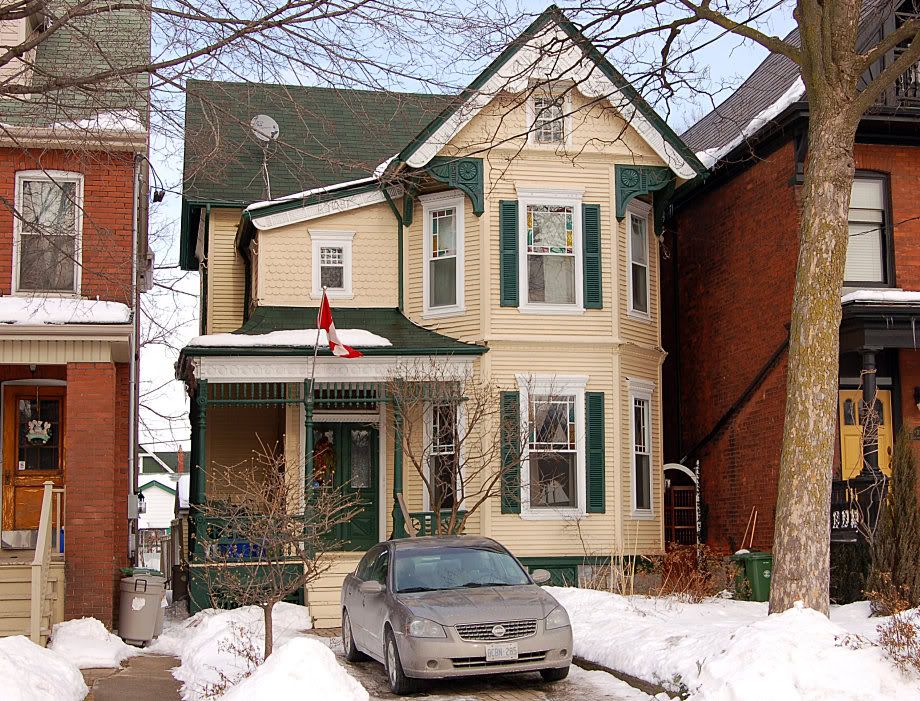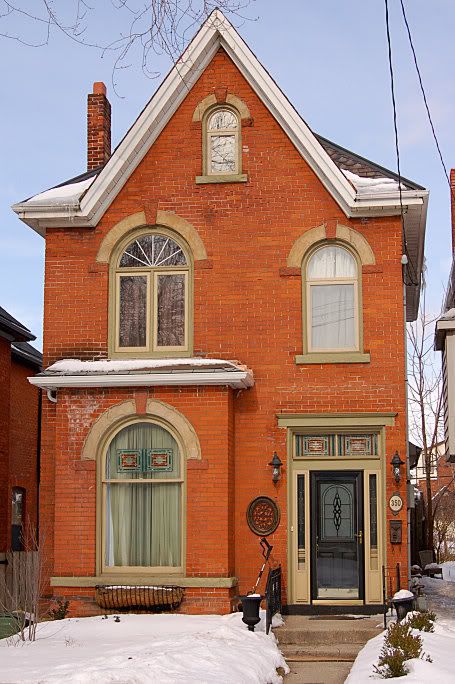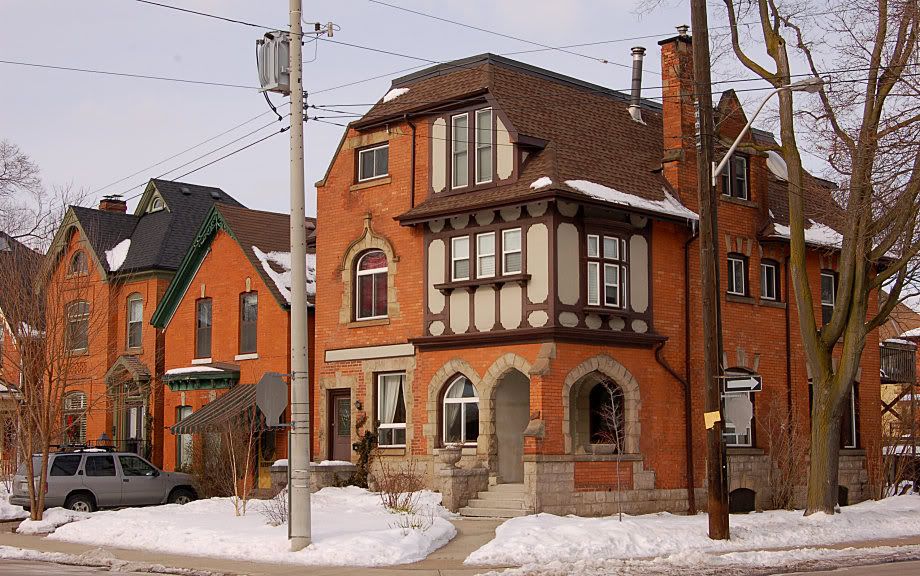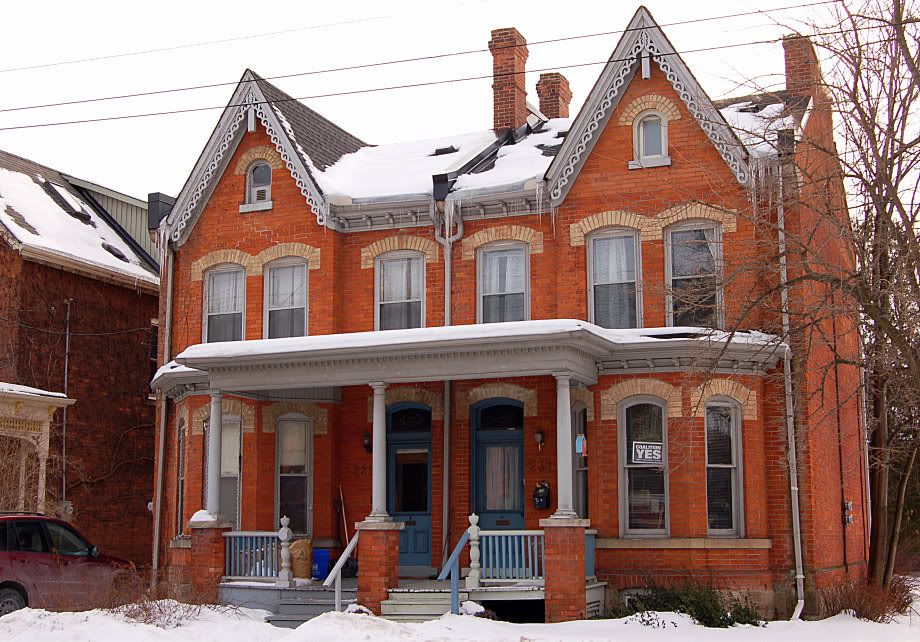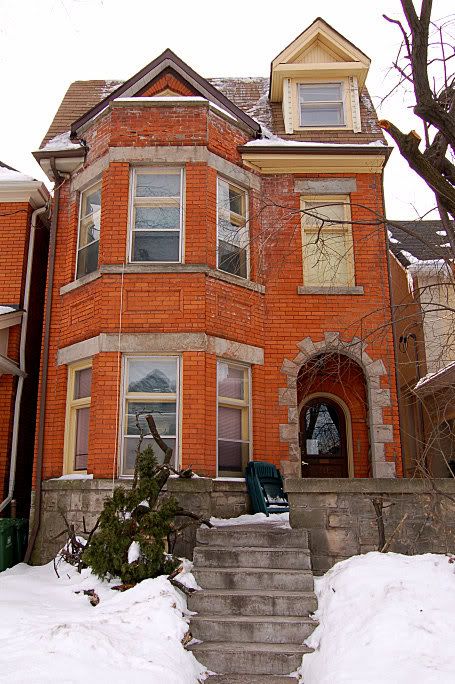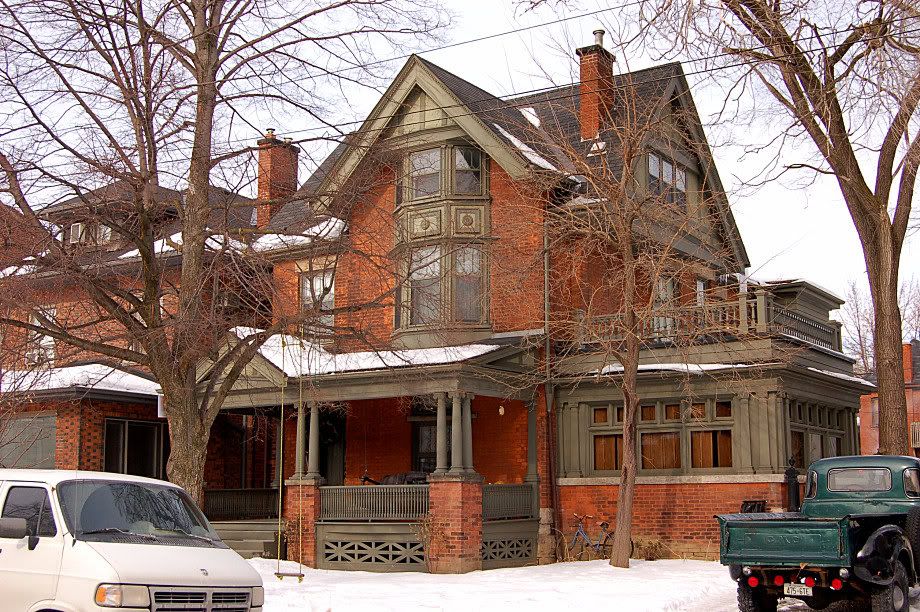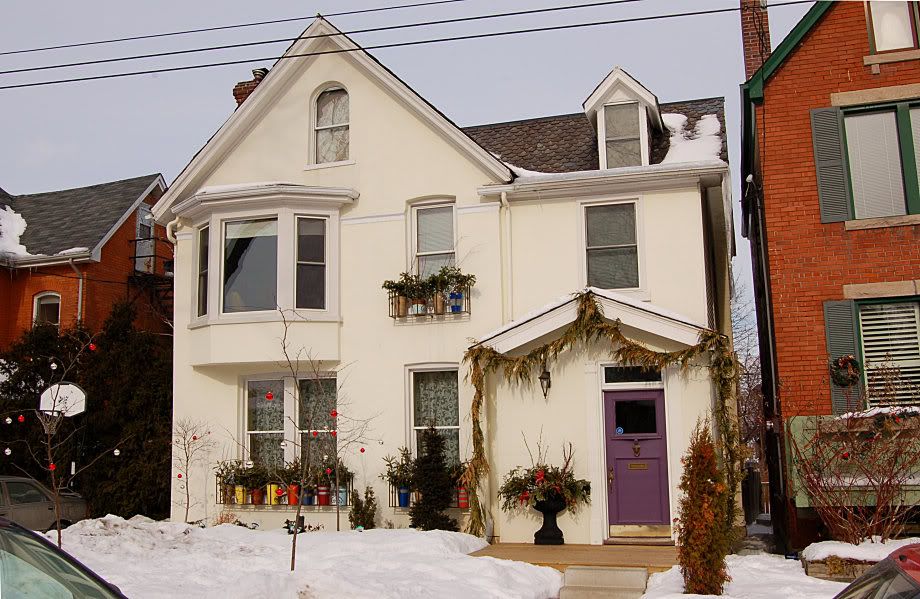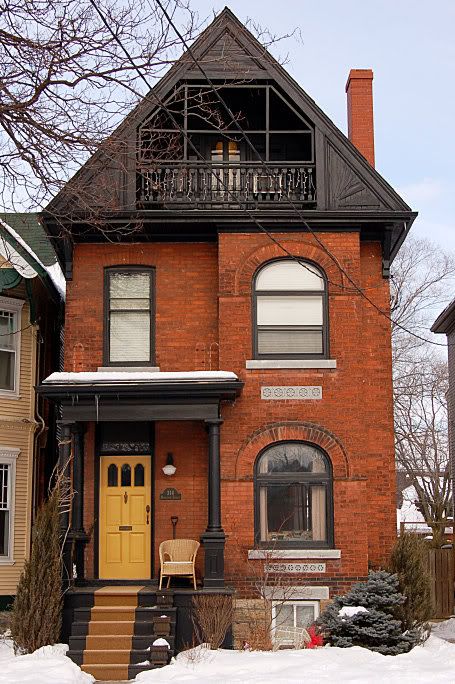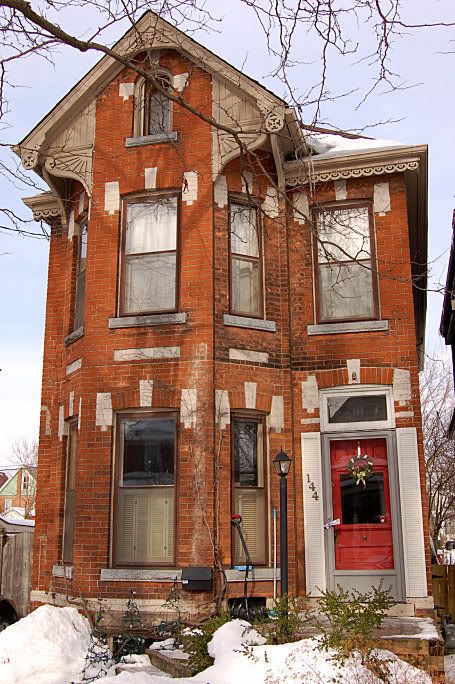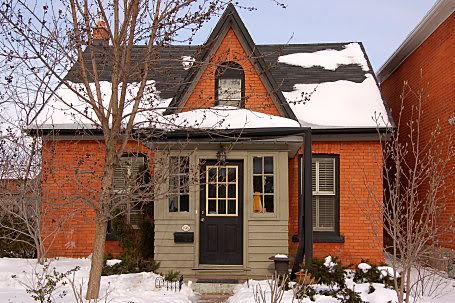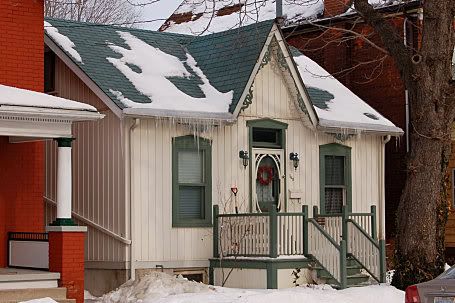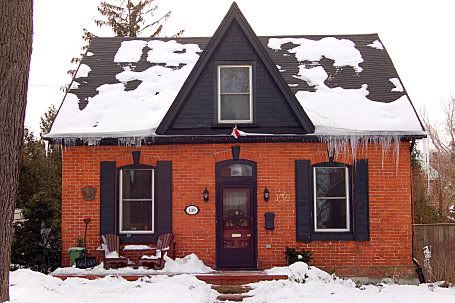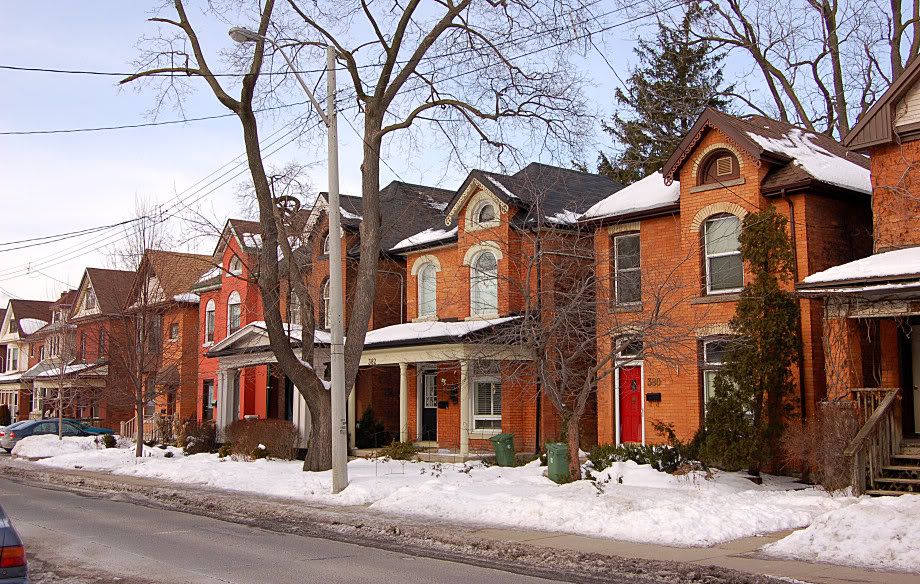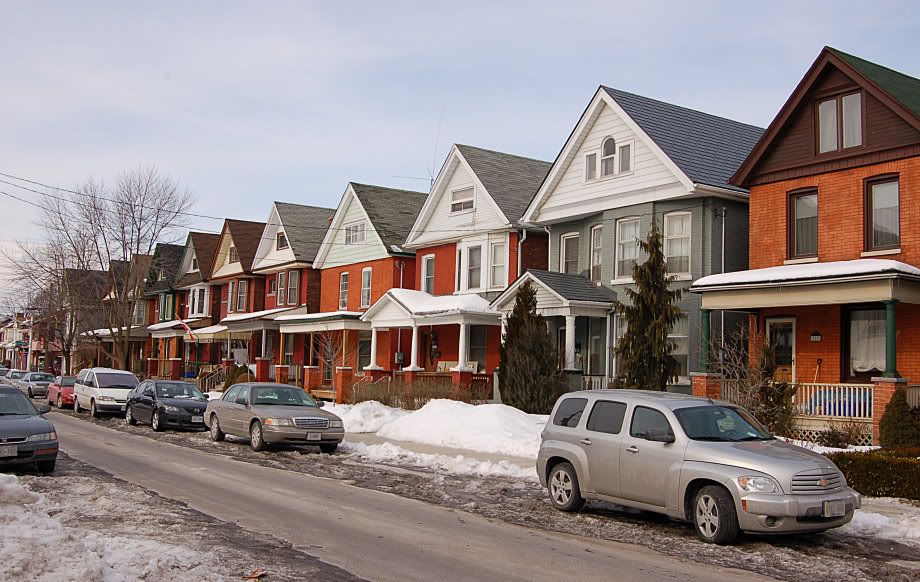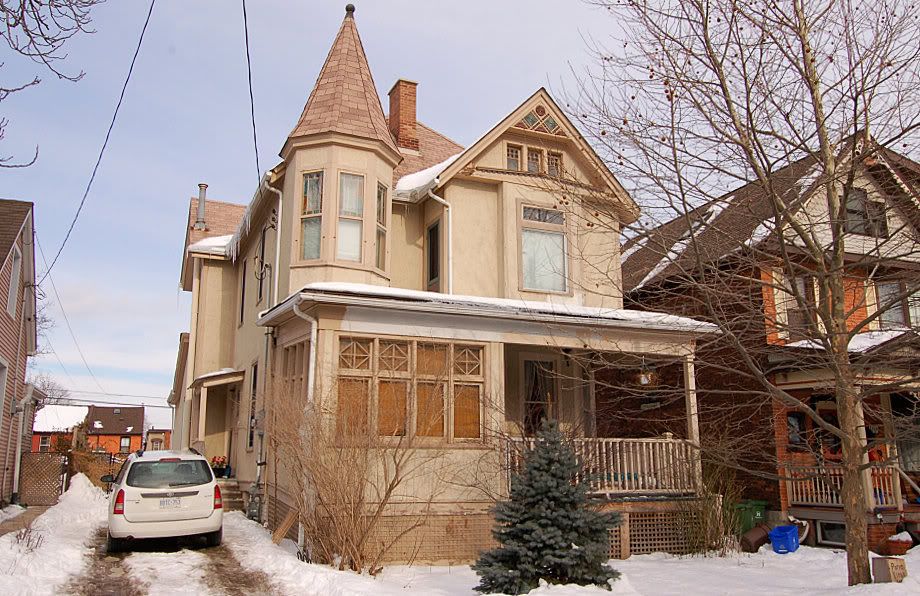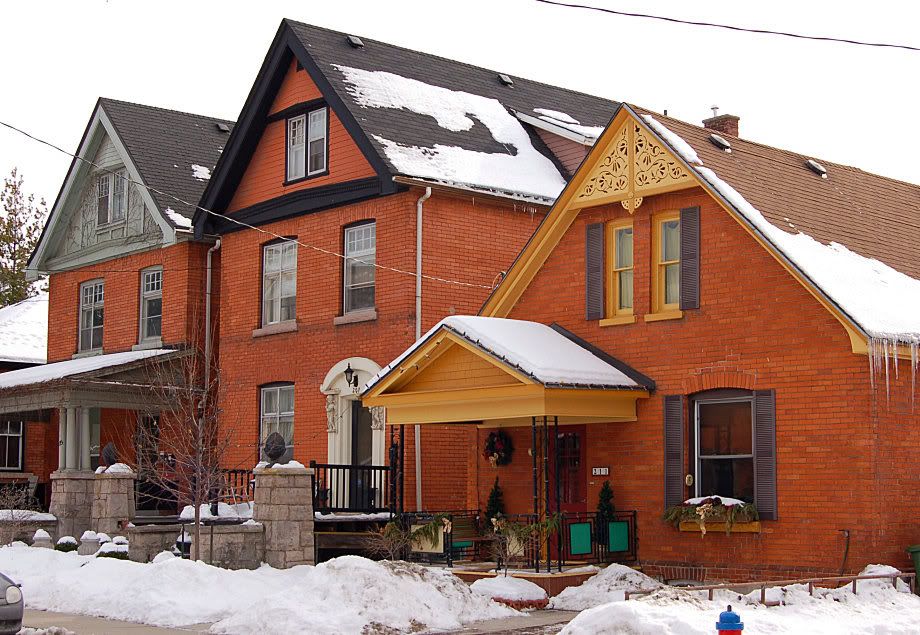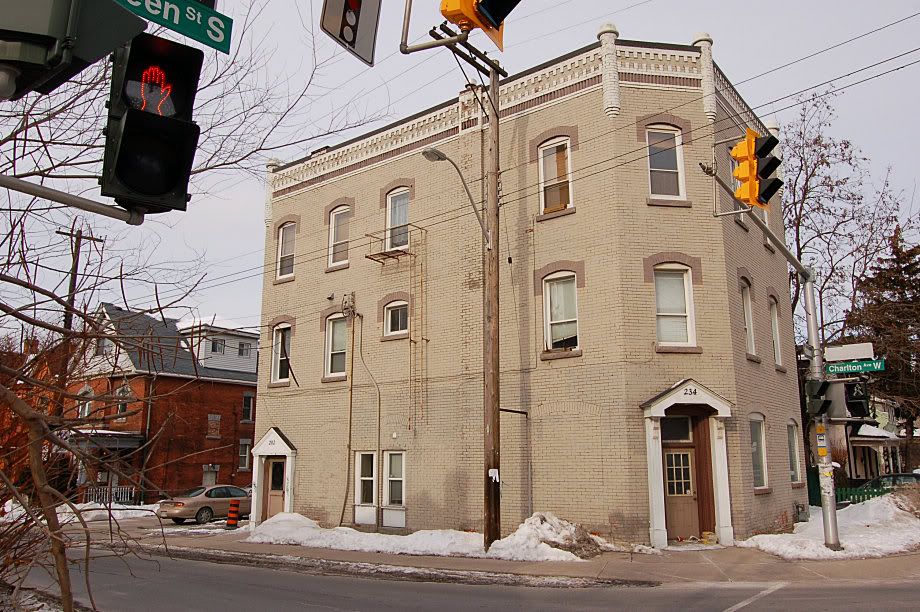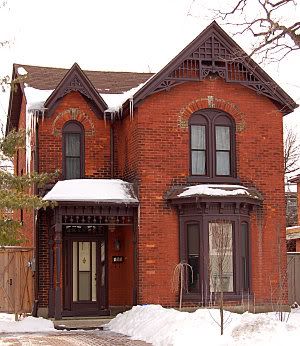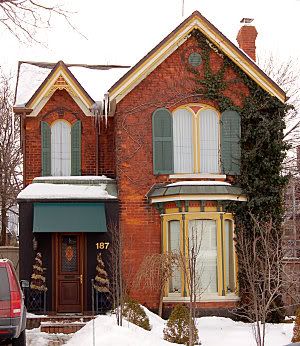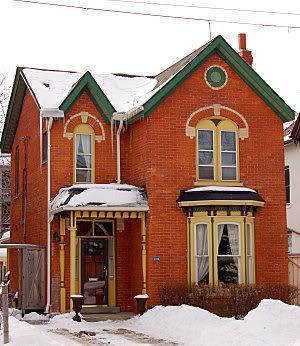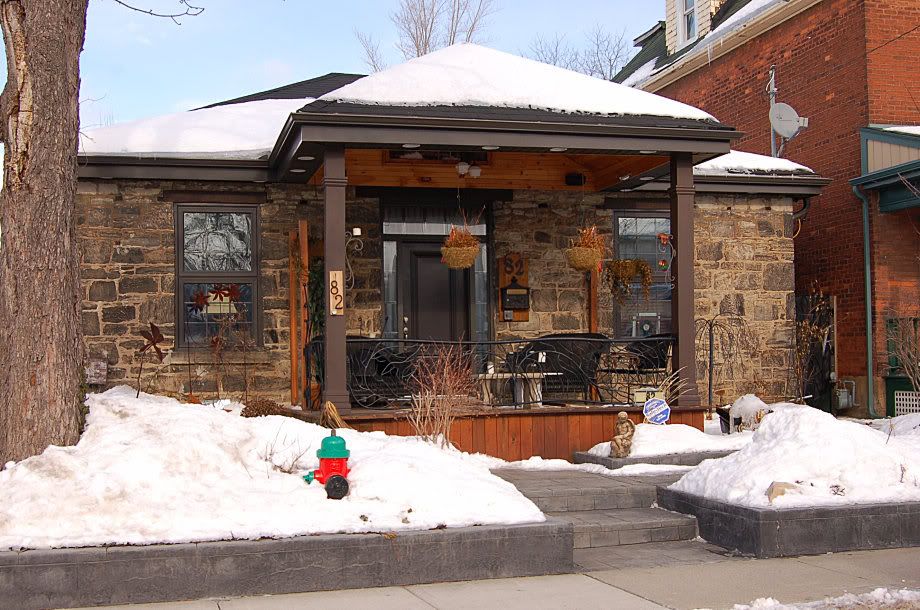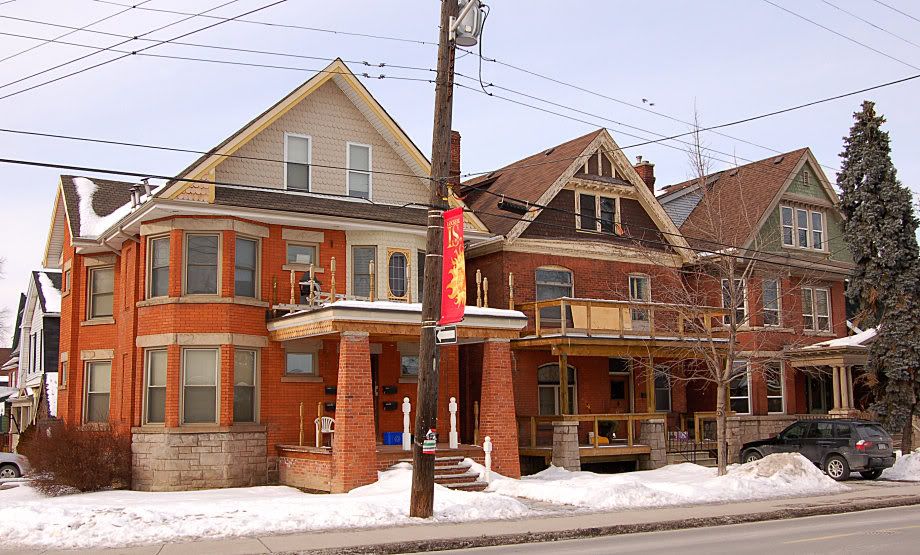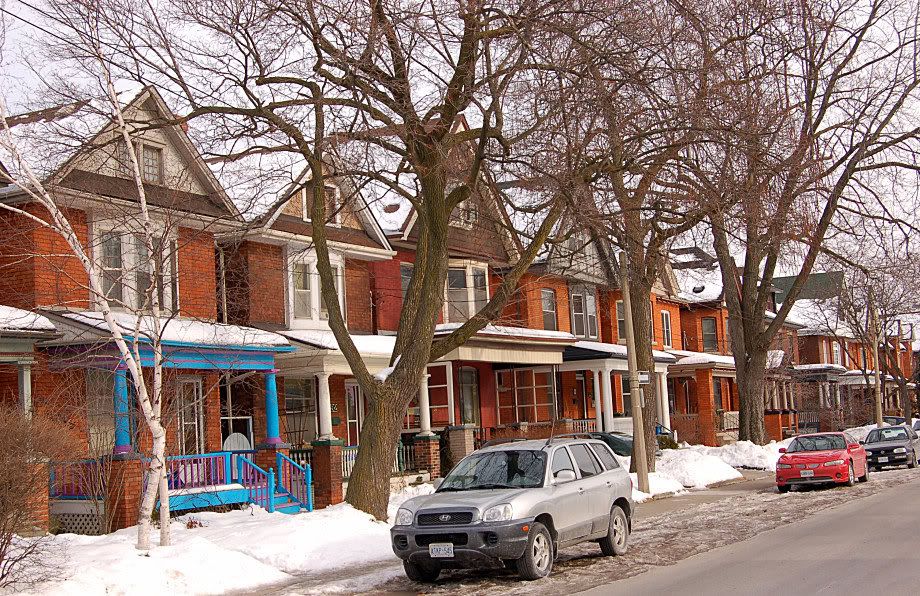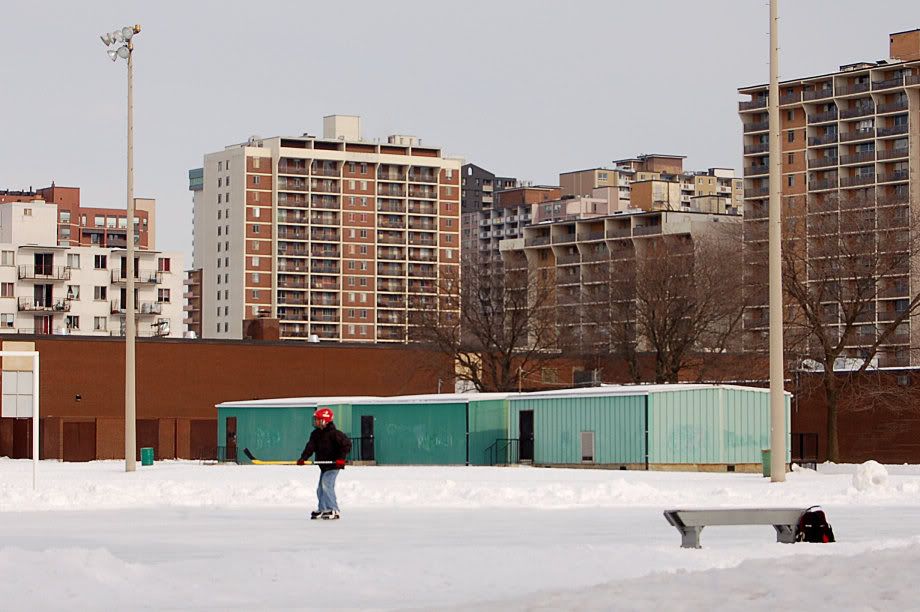flar
Active Member
North Kirkendall
Kirkendall north of Aberdeen
Kirkendall is a large neighbourhood in southwest Hamilton which built up slowly over a long period. The oldest structures date from
roughly the 1840s; however, many of the homes here were not built until after the turn of the century. The slow development is partly
due to the difficult terrain, the southern part of the neighbourhood being cut off by a deep ravine until nearly the turn of the century.
The result is a highly eclectic mix of residential and commercial buildings from many eras.
In this tour, we look at Kirkendall north of Aberdeen). This includes the modest older part of the neighbourhood as well as the
middle class townhouses that sprang up in the 1885-1910 period as streetcar service was extended along Herkimer Ave. Later, the
streetcar line was extended along Locke St. to serve the burgeoning commercial district. After the tram lines were removed in 1945,
the neighbourhood went into decline.
But the decline was not to last. The wide variety of houses--which include everything from tiny cottages to stately upper middle class
townhomes--as well as the charming old commercial district on Locke St. South have made the neighbourhood the focus of gentrification
over the past twenty years. With the return of the middle class, Kirkendall has come full circle.
A smattering of early cottages give North Kirkendall a small town feel.

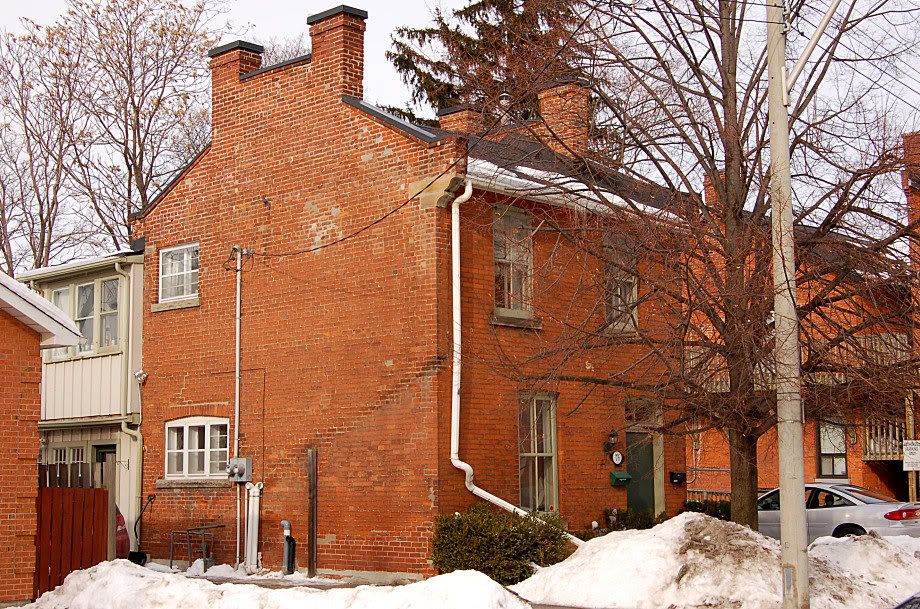
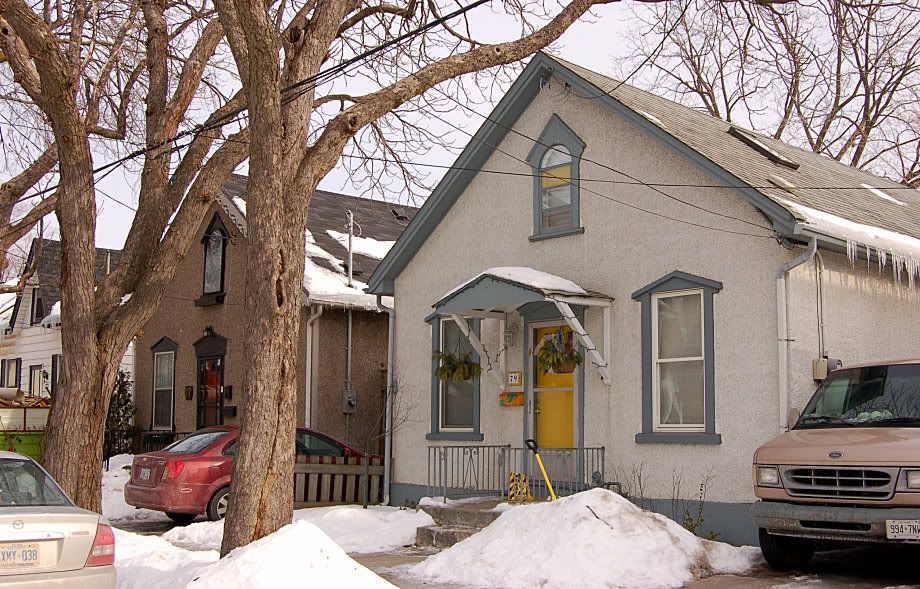
 _
_

It is likely that many of the early houses were built by their owners
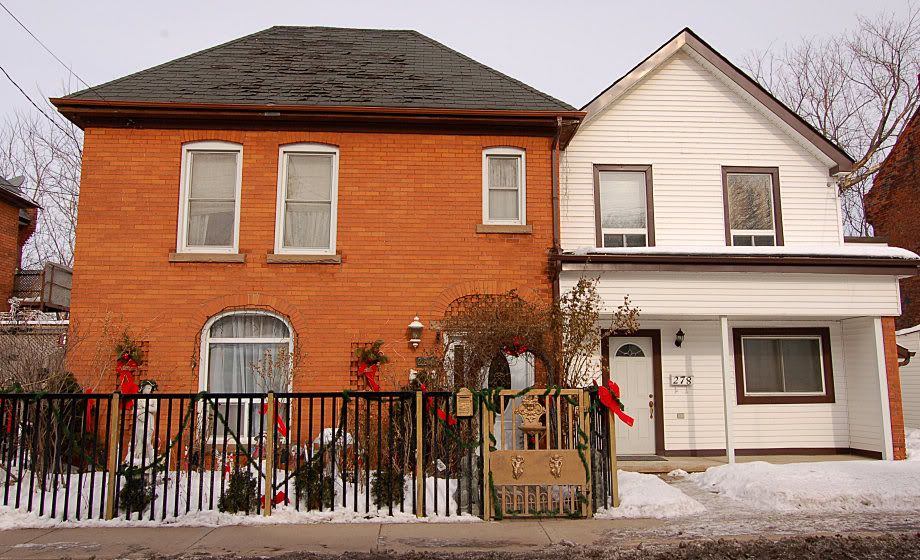

Parapeted sidewalls with built in chimneys characterized early Hamilton homes.

 _
_

This area was once on the outskirts of Hamilton; small Gothic Revival cottages like these are found throughout rural Ontario.
 _
_
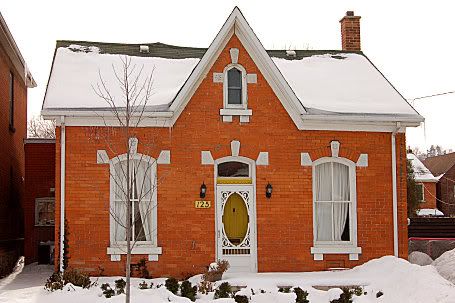

A quick peak at Locke St. South, one of Hamilton's most vibrant shopping districts, with the Niagara Escarpment in the background.
I did a more extensive tour of Locke St. a couple years ago:
http://urbantoronto.ca/showthread.php?t=4452
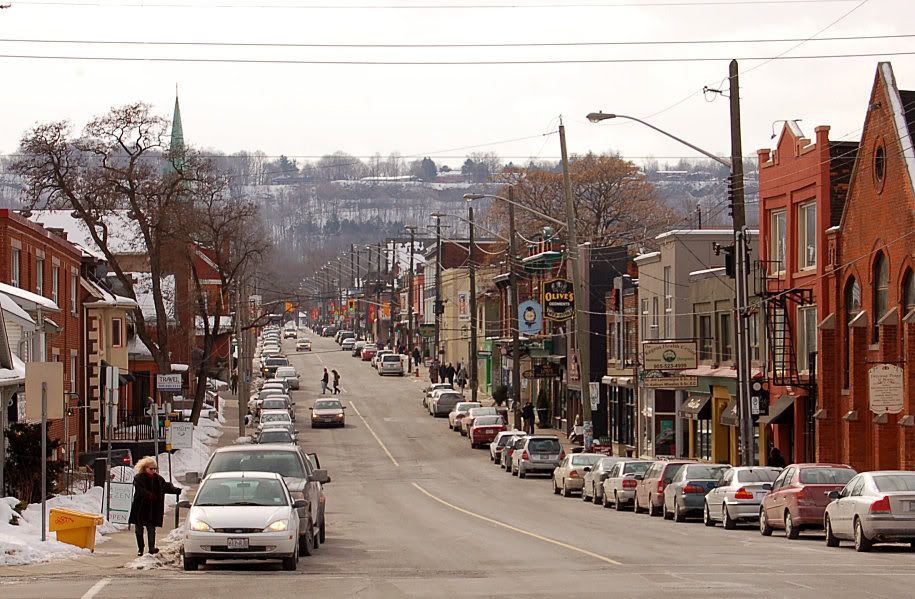
The older parts of the neighbourhood feature narrow streets, though most of the original structures have been replaced with 20th century
houses and apartments. On the left is Fanning Street, a tiny street with a few small houses.
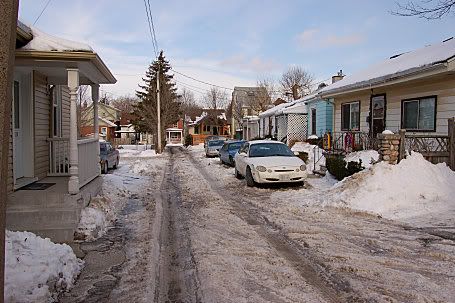 _
_

Larger homes occupy the high ridge running through the neighbourhood.
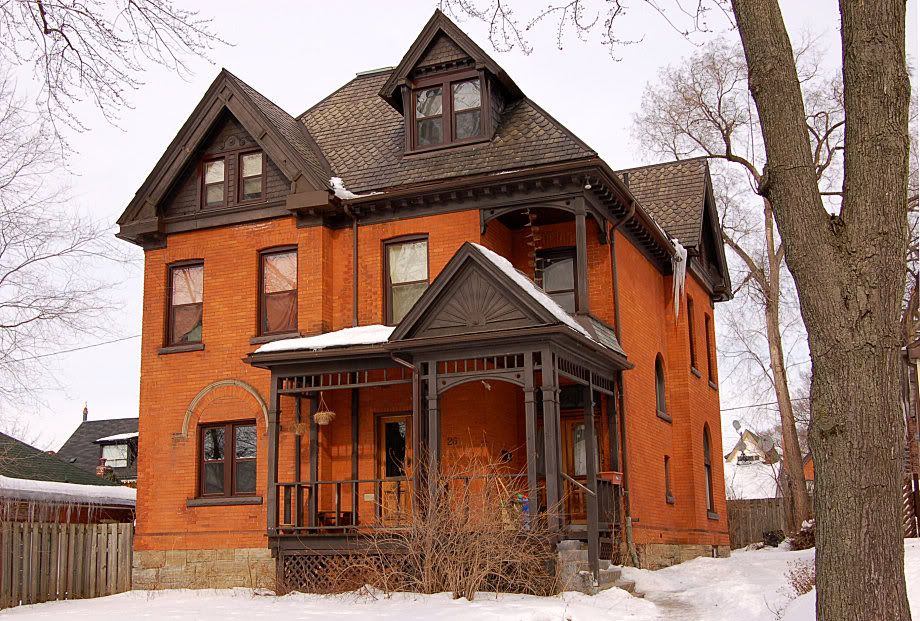
A row of semi-detached cottages.

A rather simple but elegant Italianate home.

The next few pics show a variety of homes found in Kirkendall.

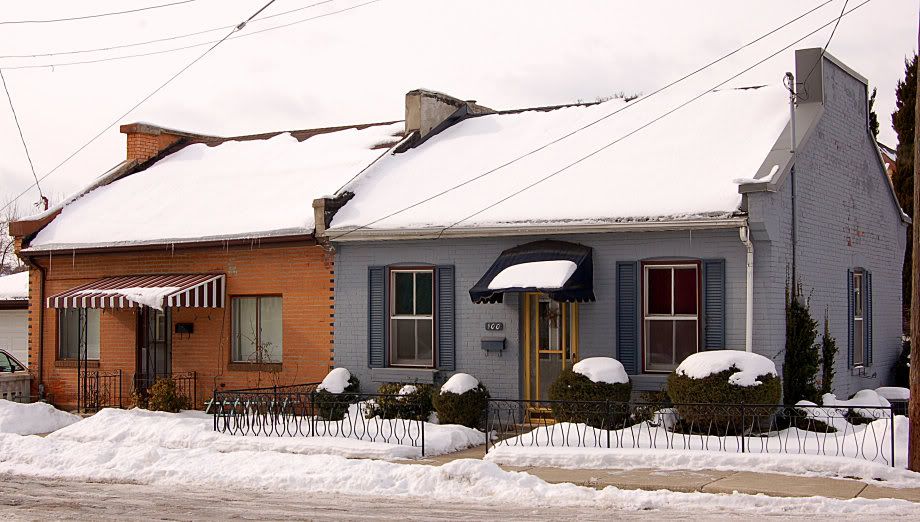
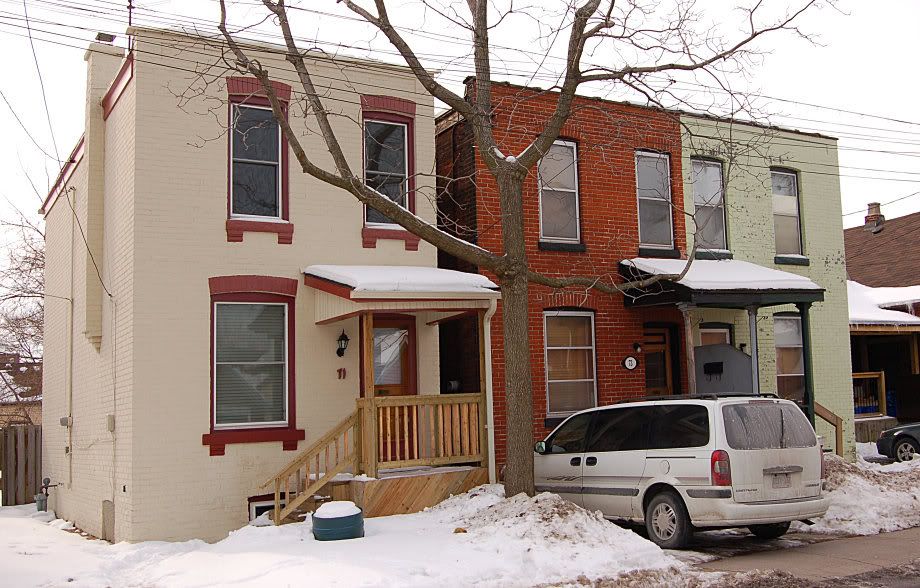


Old plank bridges cross the rail line, most of those remaining are pedestrian only.

Some later infill along the trench dug for the rail line:

A very tiny cottage. A much larger and newer house can be seen to the left.

Although this small rowhouse has been extensively modified, its old age is apparent from the rubblestone foundation visible at
the lower right.

These buildings on Locke date from the 1890s, as development moved southward.
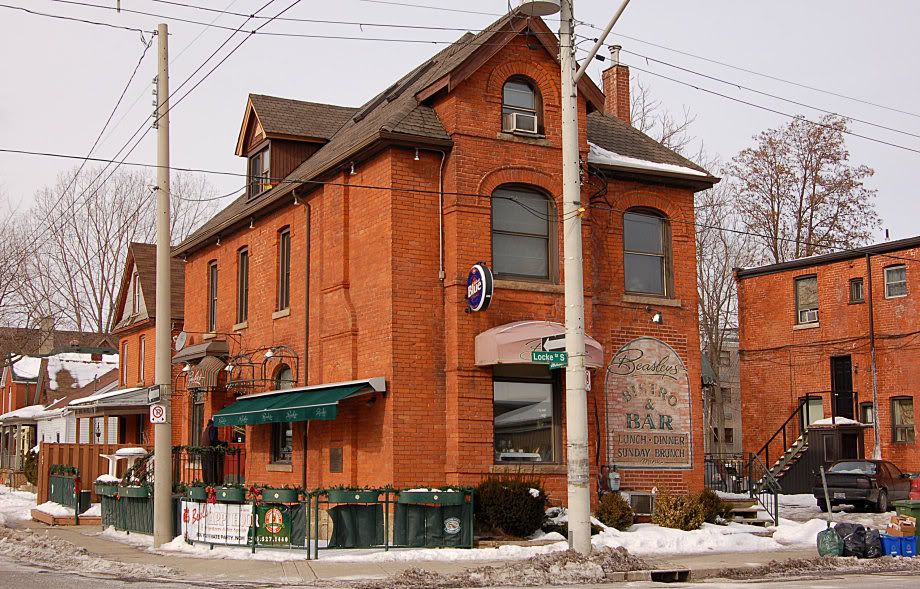

Starting to see more houses from approximately the turn of the century as smaller, older houses were gradually replaced.

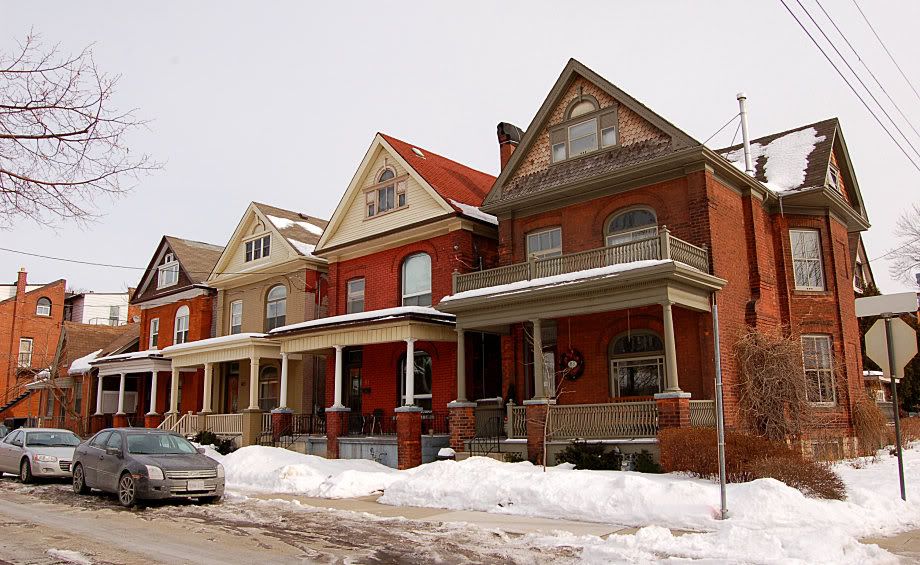



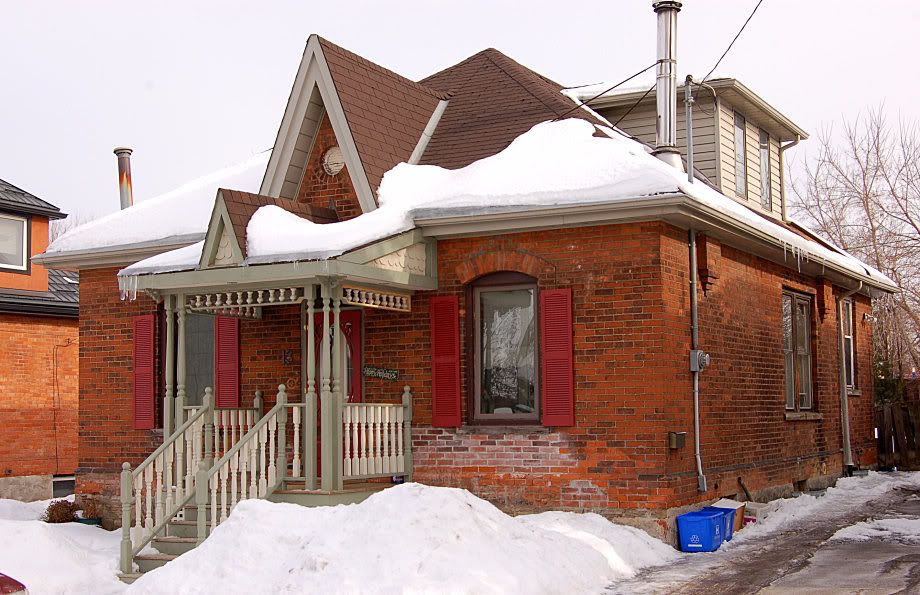

Kirkendall north of Aberdeen
Kirkendall is a large neighbourhood in southwest Hamilton which built up slowly over a long period. The oldest structures date from
roughly the 1840s; however, many of the homes here were not built until after the turn of the century. The slow development is partly
due to the difficult terrain, the southern part of the neighbourhood being cut off by a deep ravine until nearly the turn of the century.
The result is a highly eclectic mix of residential and commercial buildings from many eras.
In this tour, we look at Kirkendall north of Aberdeen). This includes the modest older part of the neighbourhood as well as the
middle class townhouses that sprang up in the 1885-1910 period as streetcar service was extended along Herkimer Ave. Later, the
streetcar line was extended along Locke St. to serve the burgeoning commercial district. After the tram lines were removed in 1945,
the neighbourhood went into decline.
But the decline was not to last. The wide variety of houses--which include everything from tiny cottages to stately upper middle class
townhomes--as well as the charming old commercial district on Locke St. South have made the neighbourhood the focus of gentrification
over the past twenty years. With the return of the middle class, Kirkendall has come full circle.
A smattering of early cottages give North Kirkendall a small town feel.





It is likely that many of the early houses were built by their owners


Parapeted sidewalls with built in chimneys characterized early Hamilton homes.



This area was once on the outskirts of Hamilton; small Gothic Revival cottages like these are found throughout rural Ontario.



A quick peak at Locke St. South, one of Hamilton's most vibrant shopping districts, with the Niagara Escarpment in the background.
I did a more extensive tour of Locke St. a couple years ago:
http://urbantoronto.ca/showthread.php?t=4452

The older parts of the neighbourhood feature narrow streets, though most of the original structures have been replaced with 20th century
houses and apartments. On the left is Fanning Street, a tiny street with a few small houses.


Larger homes occupy the high ridge running through the neighbourhood.

A row of semi-detached cottages.

A rather simple but elegant Italianate home.

The next few pics show a variety of homes found in Kirkendall.





Old plank bridges cross the rail line, most of those remaining are pedestrian only.

Some later infill along the trench dug for the rail line:

A very tiny cottage. A much larger and newer house can be seen to the left.

Although this small rowhouse has been extensively modified, its old age is apparent from the rubblestone foundation visible at
the lower right.

These buildings on Locke date from the 1890s, as development moved southward.


Starting to see more houses from approximately the turn of the century as smaller, older houses were gradually replaced.




















